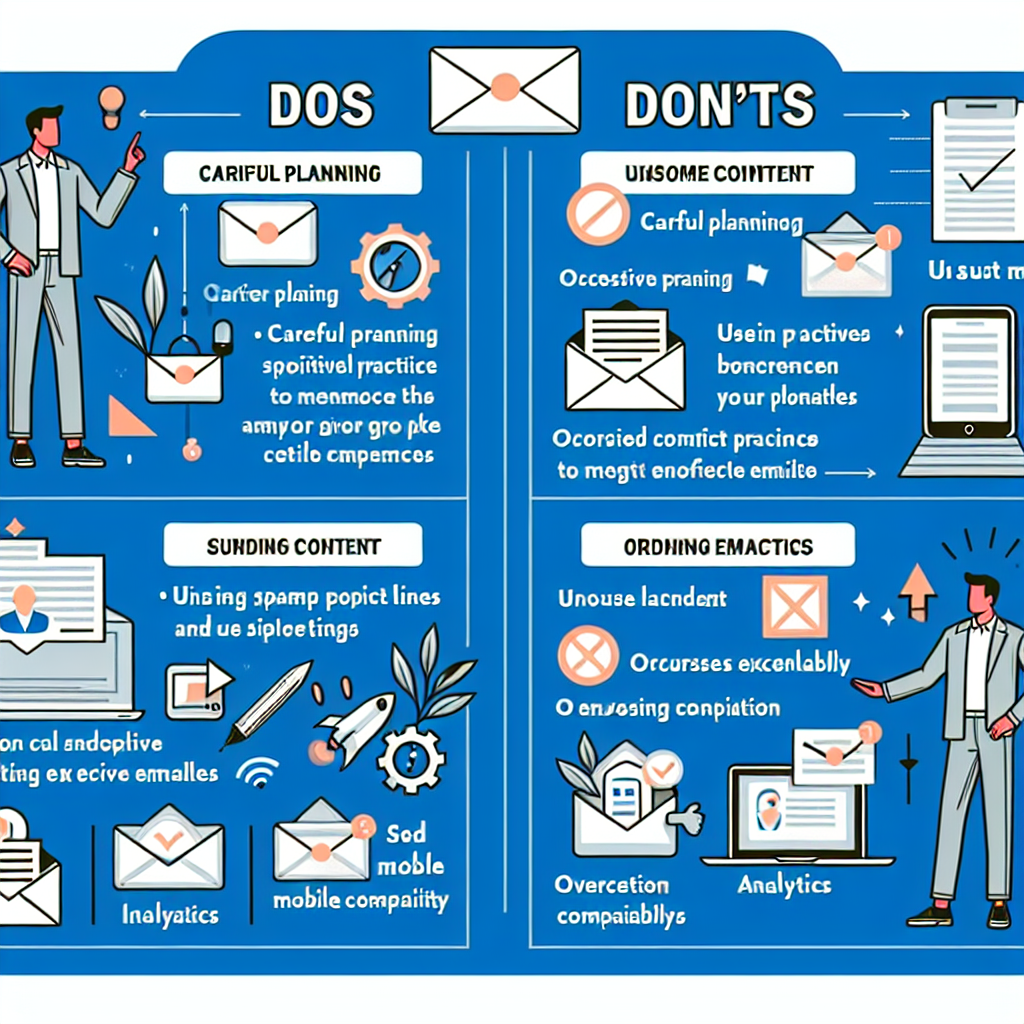Using Funnel Analytics to Improve Your Marketing Efforts
In today’s competitive business landscape, understanding your customer journey is crucial for effective marketing. One powerful tool to achieve this is funnel analytics. By analyzing how users progress through your marketing funnel, you can uncover valuable insights that can help you optimize your strategies and boost conversions. In this blog post, we will explore what funnel analytics is, why it is important, and how you can use it to refine your marketing efforts.
What is Funnel Analytics?
Funnel analytics is the practice of tracking and analyzing the stages that potential customers go through before making a purchase. These stages, collectively known as the marketing funnel, typically include:
- Awareness
- Interest
- Consideration
- Intent
- Purchase
- Retention
By examining how many users move from one stage to the next, and where they drop off, businesses can identify areas for improvement in their marketing and sales processes.
Why Funnel Analytics is Important
Funnel analytics is essential for several reasons:
1. Identifies Weak Points in the Customer Journey
By understanding where potential customers are dropping off, you can pinpoint and address weaknesses in your marketing funnel. For example, if a significant number of users are abandoning their carts, you may need to streamline your checkout process.
2. Improves Customer Experience
Analyzing funnel data can help you create a more seamless and enjoyable experience for your customers. By removing friction points, you can increase the likelihood of conversions and build long-term customer loyalty.
3. Informs Marketing Strategies
Funnel analytics provides actionable insights that can inform your marketing strategies. For instance, if you notice that a particular campaign is driving a high volume of traffic but few conversions, you may need to adjust your messaging or targeting.
How to Use Funnel Analytics to Improve Your Marketing Efforts
Here are some actionable steps to leverage funnel analytics for better marketing outcomes:
1. Define Your Funnel Stages
The first step is to clearly define the stages of your marketing funnel. While the basic stages are Awareness, Interest, Consideration, Intent, Purchase, and Retention, you may need to customize these stages based on your business model and customer journey.
2. Set Up Tracking and Analytics Tools
Use tools like Google Analytics, Mixpanel, or Kissmetrics to track user behavior at each stage of the funnel. Ensure that you have set up appropriate goals and events to capture the necessary data.
3. Analyze Drop-Off Points
Examine the data to identify where users are dropping off. Are they leaving after viewing a product page? Are they abandoning their carts? Understanding these drop-off points will help you address specific issues.
4. Test and Optimize
Once you have identified problem areas, implement changes and test their impact. Use A/B testing to compare different variations and determine which changes lead to better results.
5. Monitor and Iterate
Funnel optimization is an ongoing process. Continuously monitor your funnel and make adjustments as needed to ensure optimal performance.
Real-World Examples of Funnel Analytics in Action
Let’s look at a couple of real-world examples to see how businesses have successfully used funnel analytics to improve their marketing efforts:
Example 1: E-Commerce Store
An online clothing retailer noticed a high cart abandonment rate. By analyzing their funnel, they discovered that the checkout process was too lengthy and complicated. They simplified the process by reducing the number of steps and offering a guest checkout option. As a result, their conversion rate increased by 20%.
Example 2: SaaS Company
A SaaS company offering project management software found that many users were not progressing beyond the free trial stage. Funnel analysis revealed that users were not fully understanding the product’s features. The company created a series of onboarding emails and tutorials to guide users through the initial setup. This led to a 15% increase in trial-to-paid conversions.
Actionable Tips for Effective Funnel Analytics
Here are some practical tips to help you get the most out of your funnel analytics:
1. Use Visualizations
Visual representations of your funnel, such as graphs and charts, can make it easier to understand and communicate insights. Tools like Google Data Studio can help you create these visualizations.
2. Segment Your Audience
Segmenting your audience based on demographics, behavior, or other criteria can provide more granular insights. For instance, you may find that different segments have different drop-off points, allowing you to tailor your strategies accordingly.
3. Combine Qualitative and Quantitative Data
While quantitative data tells you what is happening, qualitative data can help you understand why. Use surveys, user interviews, and feedback forms to gather qualitative insights that complement your quantitative analysis.
4. Focus on the Entire Funnel
While it’s important to address drop-off points, don’t neglect the rest of the funnel. Continuously optimize each stage to ensure a smooth and efficient customer journey from start to finish.
Conclusion
Funnel analytics is a powerful tool that can significantly enhance your marketing efforts. By understanding and optimizing the stages of your marketing funnel, you can improve customer experience, increase conversions, and drive business growth. Remember, the key to successful funnel analytics lies in continuous monitoring, testing, and iteration. Start leveraging funnel analytics today and watch your marketing performance soar.

